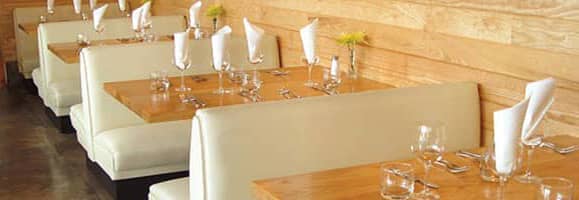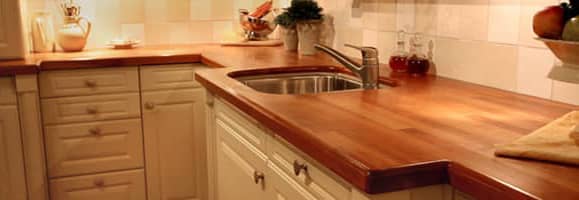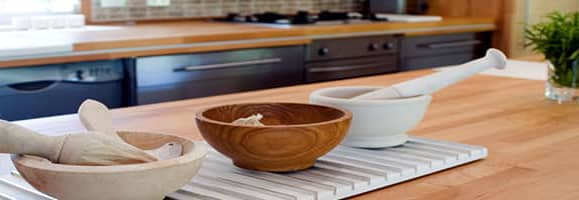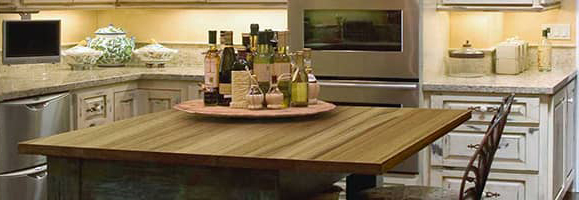White ash is characterized by saying it is the “woodiest” of all the species offered. The distinct grain, bright golds and pale yellows make white ash a showstopper – popular in modern contemporary furniture design. Ash offers beautiful contrast with darker, yet complementary materials and finishes.
Color: Light blonde and pale yellow to light brown. Straight, consistent grain pattern.
Janka Hardness Scale Score: 1320














